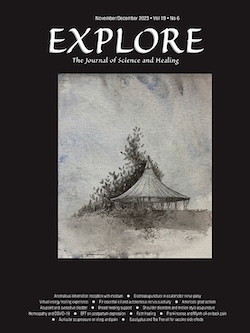
CORUCHE, PORTUGAL— The rhythmic noise of axes whacking trees echoes in the depths of the cork oak forest.
But in Coruche, a rural area south of the Tagus River known as Portugal’s “cork capital,” the bang of trees falling to the ground doesn’t follow the sound of the ax strokes. Instead, experienced workers carefully peel away the bark from the tree trunks.
This annual rite of extracting cork in the summer months has been around for thousands of years in the western Mediterranean. Egyptians, Persians, Greeks and Romans used the material to make fishing gear, sandals and to seal jugs, jars and barrels. As glass bottles gained popularity in the 18th century, cork became the preferred sealant because it is durable, waterproof, light and pliable.
Now cork is experiencing a revival as more industries look for sustainable alternatives to plastic and other materials derived from fossil fuels. The bark is now used for flooring and furniture, to make shoes […]









